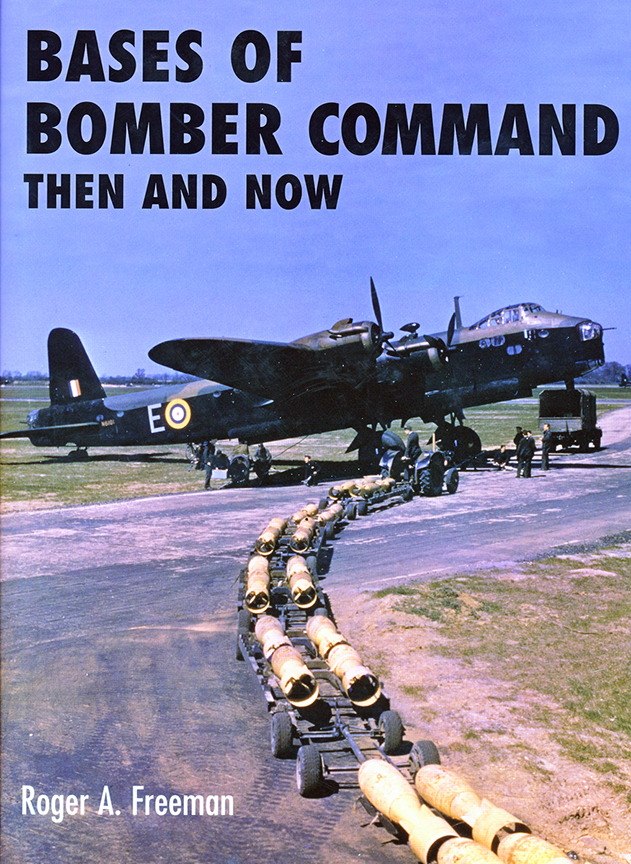Bases of Bomber Command Then and Now
After the Battle were set up 50 years ago (in 1973) to publish magazines and books presenting the history of the world's conflicts through 'then and now' comparison photographs. Owner Winston Ramsey was a noted historian and his new approach to history presented a novel way at looking at the past. The magazine ran until 2020 when Mr. Ramsey retired and the company was bought by Pen and Sword Books, who announced that no new After the Battle magazines will be published.
During WWII, Bomber Command and its bases were concentrated in a compact area of eastern England, such that bases’ landing patterns sometimes overlapped with neighbouring airfields. Some of the bases were long-standing homes to the RAF; others were wartime expediencies that, like the mayfly, were born and died within a very short period of time. Some survive to this day as homes to military aircraft and others as civilian airports where the modern public can jet away to overseas holidays. Altogether, some 110 bases were used, and their histories are recorded in this book by noted British author and aviation historian, Roger Freeman, who’s writing and research and attention to detail were impeccable. Anything by Mr. Freeman is worthwhile purchasing.
In this book, the bases are divided by their parent Group, of which there were seven, and alphabetically therein. Each has an historical description which varies in length according to how long the base was used, and all are illustrated with period maps and photos, which are complemented by more recent photos and maps commissioned especially for the book – hence the ‘Then and Now’ aspect of the book. Where possible, the newer photos are taken from the same perspective as the period shots, given a fascinating immediacy to the scenes. All in all, it’s a fascinating record of Bomber Command and it’s bases.
Now the fundamental flaw with this reprint edition of the book. The cover blurb for this book states, “Sixty years ago, over 100 aerodromes in east and north-eastern England were occupied by the men and machines of RAF Bomber Command.” “Sixty years ago” was 1962, and therein lies the issue with this book – this is a completely untouched reprint of a book published over 20 years ago in 2001. The author, respected historian Roger Freeman, died in 2005 –this is at least acknowledged in the back flypaper notes about the author, though not on the webpage for the book which still refers to him in the present tense…
This flaw is, in my view, detrimental to the central stated purpose of this book – to compare and contrast in the ‘then and now’ style - as the ’now’ photos and descriptions are (at the time of publication in 2022) 20 years out of date. While this might not matter so much for those airfields that were immediately returned to farmland after WWII, it is very noticeable for airfields such as Alconbury that were operational bases in 2001 but are now closed or being used for other purposes.
It is disappointing that the new owners of After the Battle have not taken the opportunity to update this book. Copies of the original version – the same, word for word – are available for much less than the price for this reprint, so one wonders what the intended audience for this book is. Fair warning - if you have the original, do not buy this edition thinking it’s in any way an upgrade or update.
I find it difficult to wholeheartedly recommend the book, as although the information contained within is excellent, it is out of date; this was an outstanding book twenty years ago.
Thanks are due to Casemate for the review sample.






Comments
Add new comment
This site is protected by reCAPTCHA and the Google Privacy Policy and Terms of Service apply.
Similar Reviews